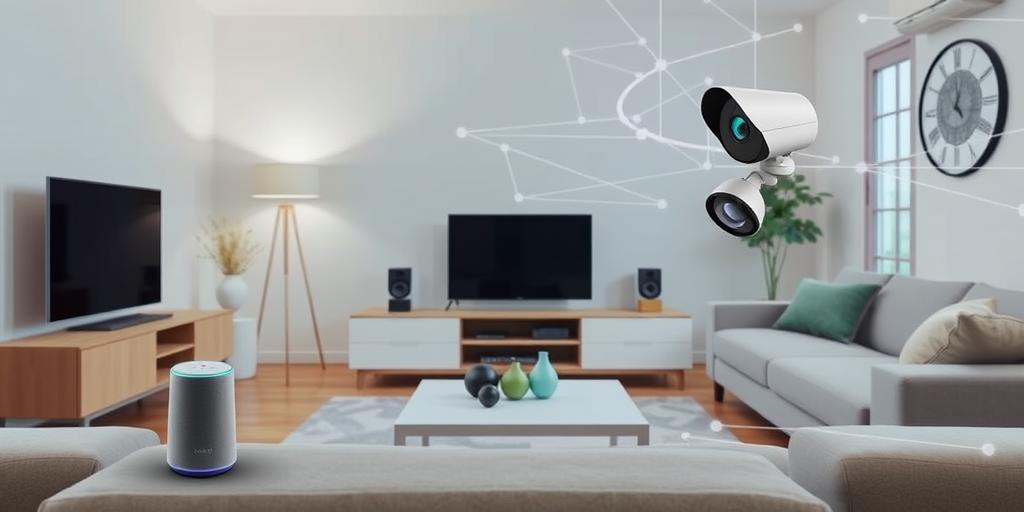Smart Home, Surveilled Home: How Your Devices Feed Big Tech
The rise of smart home technology has brought unprecedented convenience and automation into our lives. From voice-controlled assistants to interconnected appliances, these devices promise to simplify daily routines and enhance our overall quality of life. However, this technological revolution comes with a hidden cost: the erosion of privacy. Our smart homes are increasingly becoming surveilled homes, feeding vast amounts of data to Big Tech companies.
The Data Goldmine
Smart home devices collect a wide range of data, including:
- Usage Patterns: How often you use certain appliances, when you turn on lights, and your daily routines.
- Voice Recordings: Commands given to voice assistants like Amazon Alexa or Google Assistant are stored and analyzed.
- Location Data: Where you are within your home, gathered from connected devices.
- Personal Preferences: Your entertainment choices, shopping habits, and dietary preferences.
This data is a goldmine for tech giants, who use it to:
- Personalize Advertising: Target you with ads based on your habits and preferences.
- Improve Algorithms: Enhance the performance of their AI and machine learning models.
- Develop New Products: Identify trends and unmet needs to create new smart home solutions.
Privacy Concerns
The collection and use of this data raise several privacy concerns:
- Data Security: Smart home devices are vulnerable to hacking, potentially exposing your personal information to cybercriminals.
- Lack of Transparency: Many users are unaware of the extent to which their data is being collected and how it is being used.
- Data Profiling: The aggregation of data can create detailed profiles of individuals, which can be used for discriminatory purposes.
- Third-Party Access: Big Tech companies may share your data with third-party partners, further expanding its reach.
Protecting Your Privacy
While it may not be possible to completely eliminate privacy risks, there are steps you can take to mitigate them:
- Read Privacy Policies: Understand what data your devices collect and how it is used.
- Adjust Privacy Settings: Configure your devices to limit data collection and sharing.
- Use Strong Passwords: Protect your devices from unauthorized access.
- Keep Software Updated: Install security patches to protect against vulnerabilities.
- Consider Alternatives: Explore privacy-focused smart home devices from reputable brands.
Conclusion
The convenience of smart home technology comes at a cost. It is essential to be aware of the privacy implications and take steps to protect your personal information. By understanding how your devices feed Big Tech, you can make informed decisions about the technology you bring into your home and safeguard your privacy in the digital age.









